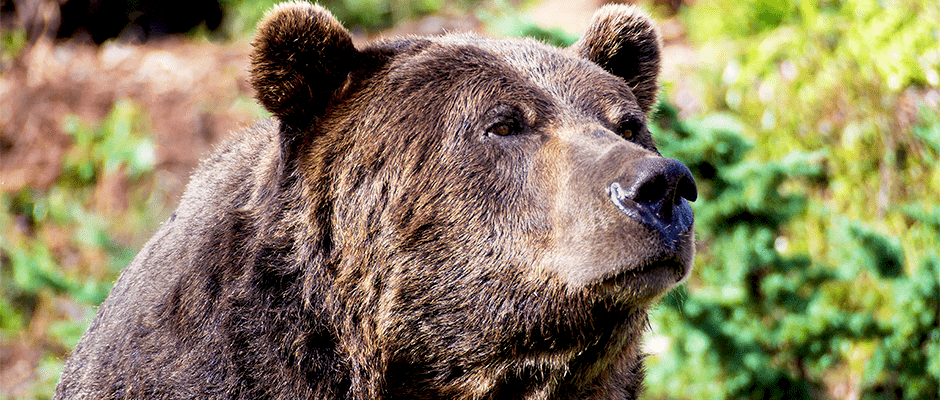Share this article
USFWS and NPS propose changes for grizzly bear management
The U.S. Fish and Wildlife Service’s plans to lift the Endangered Species Act status of grizzly bears (Ursus arctos horribilis) of the Greater Yellowstone Ecosystem (GYE) have been delayed due to opposition from activist groups, American Indian tribes, and some scientists. USFWS had planned to finalize a proposal to give management of grizzly bears to state officials and allow for limited hunting by the end of 2016. According to USFWS Assistant Regional Director Michael Thabault, the process could take another six months to allow for review of the 650,000 public comments that were submitted.
The final 2016 Conservation Strategy for Greater Yellowstone Ecosystem Grizzly Bears was signed by the Yellowstone Ecosystem Subcommittee of the Interagency Grizzly Bear Committee on Dec. 16, 2016. This finalization does not remove GYE grizzlies from ESA listing, but the Conservation Strategy will guide management and monitoring once the population is deemed recovered and delisted.
The Wildlife Society supports the USFWS’s proposed delisting of the GYE grizzly bear population. TWS agrees with USFWS that the GYE population no longer meets the definition of an endangered or threatened species under the ESA. In a position statement released in 2011, TWS urged USFWS “to focus renewed attention on the other five grizzly bear recovery areas in the United States because without progress in these other recovery areas, the [GYE] population will remain isolated.”
In addition to GYE, grizzly bears are managed in five other recovery zones in the U.S.: the Northern Continental Divide Ecosystem (northwest Montana); the Cabinet-Yaak Ecosystem (extreme northwestern Montana and the northern Idaho panhandle); the Selkirk Ecosystem (northern Idaho and northwestern Washington); the Bitterroot Ecosystem (central Idaho and western Montana); and the North Cascades Ecosystem (NCE) (northwestern and north-central Washington).
On Jan.12, the Department of the Interior released the draft North Cascades Ecosystem Grizzly Bear Restoration Plan. The draft plan, prepared by the National Park Service and USFWS, aims to reach a self-sustaining population of approximately 200 grizzly bears in the NCE, which stretches across north-central Washington State and south-central British Columbia. Due to the low numbers of bears, very slow reproductive rate and other recovery restraints, USFWS says that the NCE population is the most at-risk grizzly bear population in the U.S. The draft highlights three proposals to capture and release grizzly bears on the U.S. side of the ecosystem as well as a no-action alternative. The proposals are analyzed in a draft environmental impact statement (EIS).
One of the proposed options is to release up to 10 grizzly bears within the first two years of the plan’s implementation and then evaluate how the bears adapt to the region through the fourth year. During year four, managers may decide to either repeat this action or utilize the “Incremental Restoration” alternative. This option would release up to 25 grizzlies over a five to 10-year period. The last action alternative involves releasing “a sufficient number of bears that result in a population of 200 bears on the landscape, including bears added through reproduction,” over a 25-year period. If no new action is taken, existing management practices would continue.
NPS and USFWS have scheduled eight open house meetings and two webinars on the draft plan and EIS.
The draft plan and EIS are open for public comment through March 14.
Header Image: ©Michael Whyte








